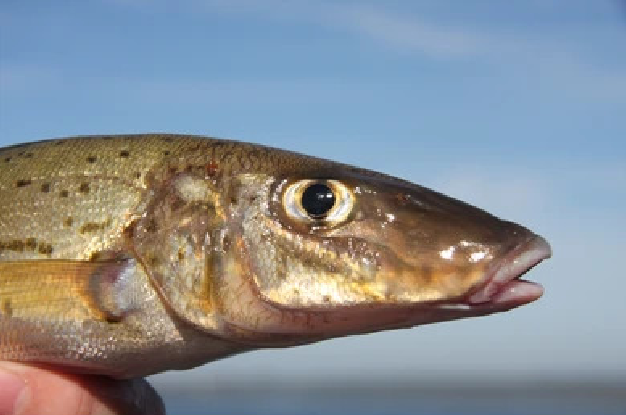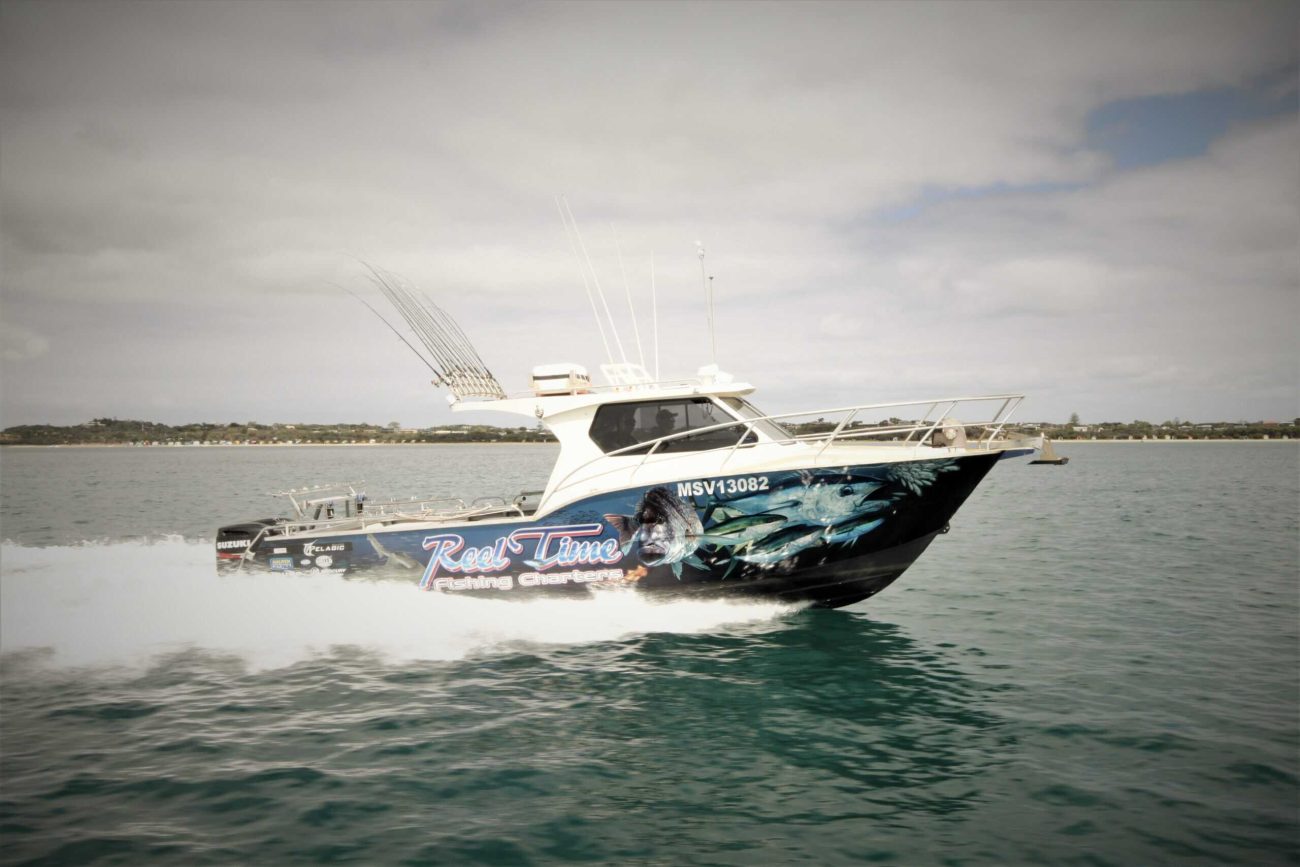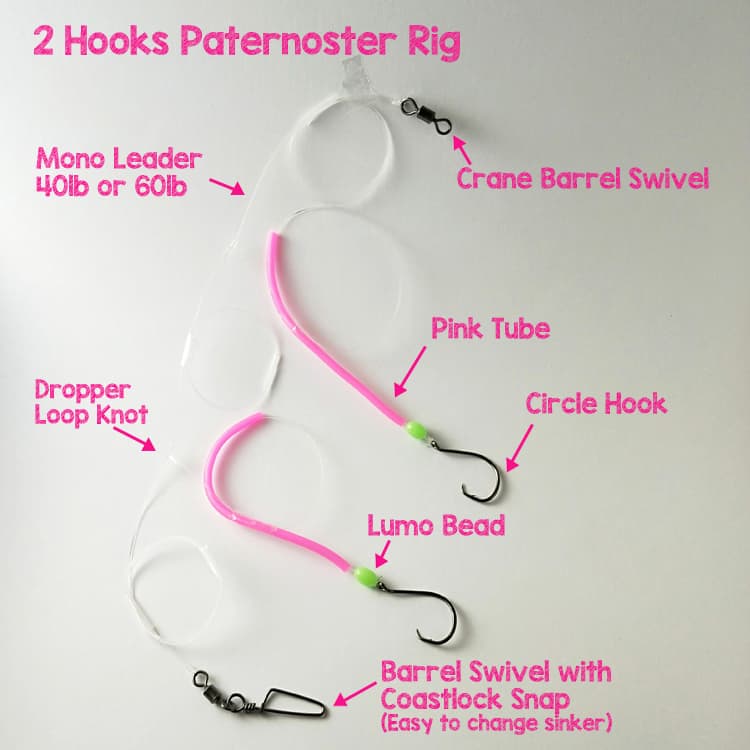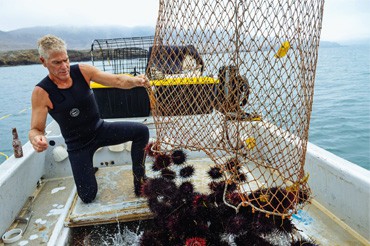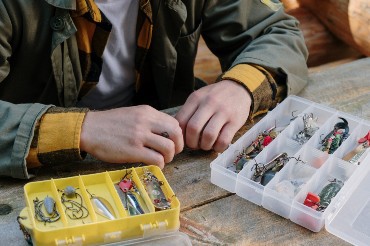Whiting is a popular fish in Australia, and can be caught in various parts of the country. In this guide, we will cover everything you need to know about catching whiting in Australia, including the different species of whiting, when and where to catch them, the best baits and techniques for catching them, and tips for ensuring a successful fishing trip.
Different Species of Whiting in Australia
In Australia, there are several different species of whiting that can be caught, including King George whiting, sand whiting, and yellowfin whiting. King George whiting is one of the most highly sought after species due to its size and flavour, while sand whiting are more commonly caught and can be found in estuaries, bays, and coastal waters.
Best Time to Catch Whiting in Australia
The best time to catch whiting in Australia varies depending on the location and species. Generally, they can be caught year-round, but the peak season for King George whiting is from late autumn to early spring (April to September), while sand whiting are more commonly caught during the summer months (November to March).
Where to Find Whiting in Each State
New South Wales: In NSW, sand whiting are most commonly found in estuaries, such as the Clarence River, Wallis Lake, and the Port Hacking River. King George whiting are also found along the southern coast of NSW, from Jervis Bay to the Victorian border.
Victoria: King George whiting are the most highly sought after species in Victoria, and can be caught in Port Phillip Bay, Western Port, and along the coast from Portland to Lakes Entrance. Sand whiting can also be caught in these areas, as well as in the Gippsland Lakes.
Queensland: Sand whiting are the most common species found in Queensland, and can be caught in estuaries, rivers, and along the coastline from the Tweed River to the Fitzroy River. King George whiting are less common in Queensland but can be found in the Moreton Bay and Hervey Bay areas.
Western Australia: Western Australia is known for its excellent King George whiting fishery, with some of the best areas to catch them including the Geographe Bay region, Shark Bay, and the Recherche Archipelago. Sand whiting are also found in these areas, as well as in estuaries and along the coastline.
South Australia: King George whiting are the most highly prized species in South Australia, and can be caught in the waters around Kangaroo Island, the Yorke Peninsula, and the Spencer Gulf. Sand whiting can also be caught in these areas, as well as in the Coorong and other estuaries.
Tasmania: In Tasmania, sand whiting can be caught in estuaries such as the Derwent River and the Tamar River. King George whiting are less common in Tasmania but can be caught in certain areas, such as around Bruny Island and the Furneaux Islands.
Baits for Catching Whiting
The most popular baits for catching whiting in Australia include live or fresh worms, small pieces of prawn or shrimp, and small pieces of squid or cuttlefish. These baits can be presented on a hook in a way that mimics the natural movements of small prey items.
Tackle for Catching Whiting
A light to medium rod and l setup is ideal for catching whiting, as they are not typically a large fish. A 6-7 foot rod with a fast action tip is recommended, paired with a reel that has a smooth drag system and a high line capacity. A mainline of around 6-8 lb breaking strain with a 10-12 lb leader is a good choice for whiting fishing.
Techniques for Catching Whiting
There are a few different techniques that can be used for catching whiting in Australia. One of the most popular is to use a paternoster rig, which is a multi-hook rig that allows several baits to be presented at different depths. This is ideal for targeting whiting that are feeding near the bottom.
Another technique is to use a running sinker rig, where the sinker is free to move up and down the line. This allows the bait to move more naturally in the water and can be effective for catching whiting that are feeding on the surface or in mid-water.
Whiting can also be caught on lures, such as small soft plastics or metal blades. These can be presented with a slow, twitching retrieve to mimic the movements of small baitfish.
Tips for Catching Whiting
Look for areas with sandy or muddy bottoms, as these are often where whiting will feed.
Keep your baits small and use light tackle to increase your chances of getting a bite.
If you’re not getting any bites, try changing the depth or location of your bait to see if that makes a difference.
Keep an eye on the tide and fish around high tide or low tide, as this can impact where the fish are feeding.
Pay attention to the weather conditions, as changes in wind or temperature can impact fish behaviour.
Be patient and persistent – whiting can be a bit finicky at times, but with the right technique and a bit of luck, you can have a successful fishing trip.
Catching whiting in Australia can be a fun and rewarding experience, whether you’re targeting King George whiting or sand whiting. With the right gear, baits, and techniques, and a bit of knowledge about where and when to find them, you can increase your chances of catching these tasty fish. So grab your rod and reel and head out to your nearest estuary, river, or coastline to try your luck at catching some whiting!

